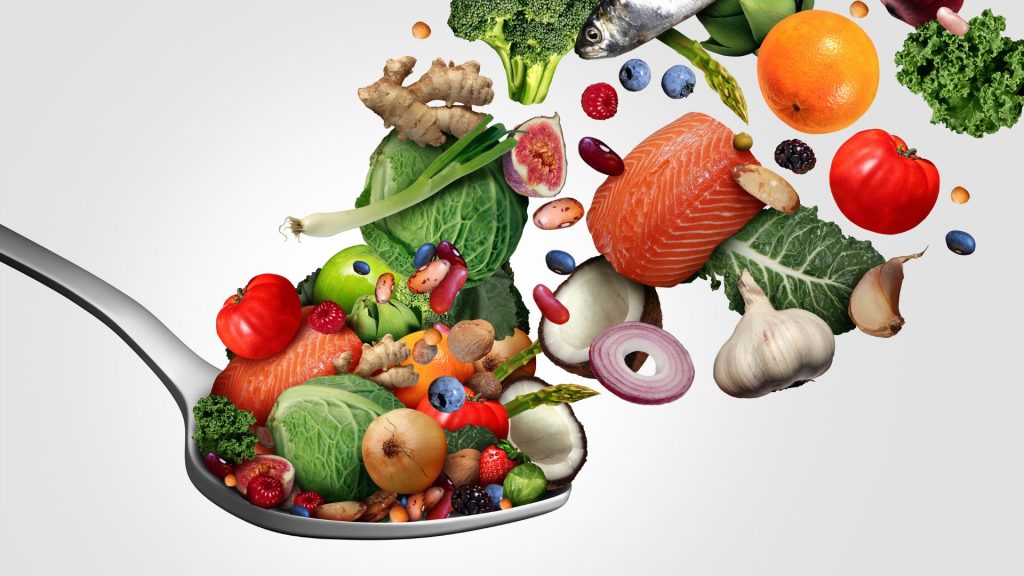
Eating healthily often comes with the misconception that it’s expensive. While it’s true that some organic or specialty foods can be pricier, it’s entirely possible to maintain a nutritious diet on a budget. Healthy eating doesn’t have to break the bank; it requires smart choices, planning, and some creativity. In this blog, we will explore practical strategies and tips for eating well without draining your wallet.
The Importance of Healthy Eating
Before delving into budget-friendly eating tips, it’s essential to understand why healthy eating is crucial. A well-balanced diet has numerous benefits, including:
- Improved Physical Health: Nutrient-dense foods provide essential vitamins, minerals, and antioxidants that support overall health and reduce the risk of chronic diseases.
- Mental Well-being: Good nutrition can enhance cognitive function, boost mood, and reduce the risk of mental health disorders.
- Weight Management: A balanced diet helps maintain a healthy weight, reducing the risk of obesity-related health problems.
- Increased Energy: Nutrient-rich foods provide the energy needed for daily activities and exercise.
- Strong Immune System: Proper nutrition strengthens the immune system, making the body more resilient to illnesses.
- Longevity: A healthy diet can contribute to a longer, more fulfilling life.
Now, let’s explore how to make these benefits accessible to everyone by eating healthily on a budget.
Budget-Friendly Healthy Eating Tips
- Plan Your Meals
Meal planning is one of the most effective ways to eat healthily on a budget. Create a weekly or monthly meal plan that includes breakfast, lunch, dinner, and snacks. Planning ahead allows you to make a shopping list, reduce food waste, and avoid impulse purchases.
- Buy in Bulk
Purchase non-perishable items like rice, pasta, grains, beans, and canned goods in bulk. Buying in larger quantities often reduces the per-unit cost and ensures you have a ready supply of staples for your meals.
- Cook at Home
Eating out or ordering takeout can quickly add up and strain your budget. Cooking at home allows you to control ingredients, portions, and costs. Experiment with easy and nutritious recipes to discover the joy of home-cooked meals.
- Embrace Seasonal Produce
Seasonal fruits and vegetables are often less expensive and taste better than their out-of-season counterparts. Explore your local farmers’ markets for affordable, fresh produce that supports both your health and the community.
- Reduce Meat Consumption
Meat is typically one of the costliest components of a meal. Consider incorporating more plant-based proteins like beans, lentils, tofu, and legumes into your diet. You can also have meatless days or use smaller portions of meat in your dishes.
- Buy Frozen and Canned Fruits and Vegetables
Frozen and canned fruits and vegetables can be a more economical option, especially when fresh produce is out of season or too expensive. These items often retain their nutritional value and can be used in various recipes.
- Limit Processed Foods
Processed foods, such as pre-packaged snacks, sugary beverages, and ready-to-eat meals, are not only more expensive but often less nutritious. Cutting down on these items will help you save money and make healthier choices.
- Make Use of Leftovers
Don’t let leftover food go to waste. Repurpose last night’s dinner into a tasty new meal or take leftovers for lunch. Reducing food waste is not only budget-friendly but also environmentally responsible.
- Shop Smart
When grocery shopping, compare prices, and consider store brands or generic labels, which are often more budget-friendly than name brands. Utilize coupons, discounts, and sales to your advantage.
- Grow Your Own
If space and resources allow, consider starting a small garden to grow your own herbs, vegetables, or fruits. Homegrown produce is not only cost-effective but also incredibly fresh and delicious.
- Portion Control
Control portion sizes to avoid overeating and stretching your budget. Invest in a kitchen scale to measure ingredients accurately and get multiple meals from one purchase.
- Use the Whole Ingredient
Whenever possible, use the entire ingredient to maximize its value. For example, use vegetable scraps to make homemade broth or repurpose chicken bones into stock.
- Limit Impulse Buying
Stick to your shopping list and avoid impulsive purchases. The store’s layout is designed to tempt shoppers with items they don’t need, so stay focused on your planned purchases.
- Cook in Batches
Cooking in batches can save you time and money. Prepare larger quantities of a meal, portion it into containers, and freeze the extras for future meals. This reduces the need for takeout or eating out.
- Limit Sugary Drinks
Sugary beverages like sodas and energy drinks are both unhealthy and costly. Opt for water, herbal tea, or homemade fruit-infused water to stay hydrated without breaking the bank.
- Invest in Kitchen Essentials
Invest in a few key kitchen tools, such as a good knife, cutting board, and non-stick cookware. These items will last a long time and make cooking at home more convenient and enjoyable.
- Stay Informed
Stay informed about sales, discounts, and local promotions at grocery stores. Sign up for loyalty programs or newsletters that offer exclusive deals and coupons.
Conclusion
Healthy eating on a budget is entirely achievable with the right strategies and mindset. Prioritizing good nutrition doesn’t mean sacrificing your financial stability. By planning your meals, making wise choices at the grocery store, and embracing cost-effective yet nutritious foods, you can nourish your body and mind without draining your wallet. Eating well is an investment in your long-term health and well-being, and it’s a goal that can be pursued by anyone, regardless of their budget. So, start today and savor the rewards of a balanced diet that’s good for both your body and your finances.

